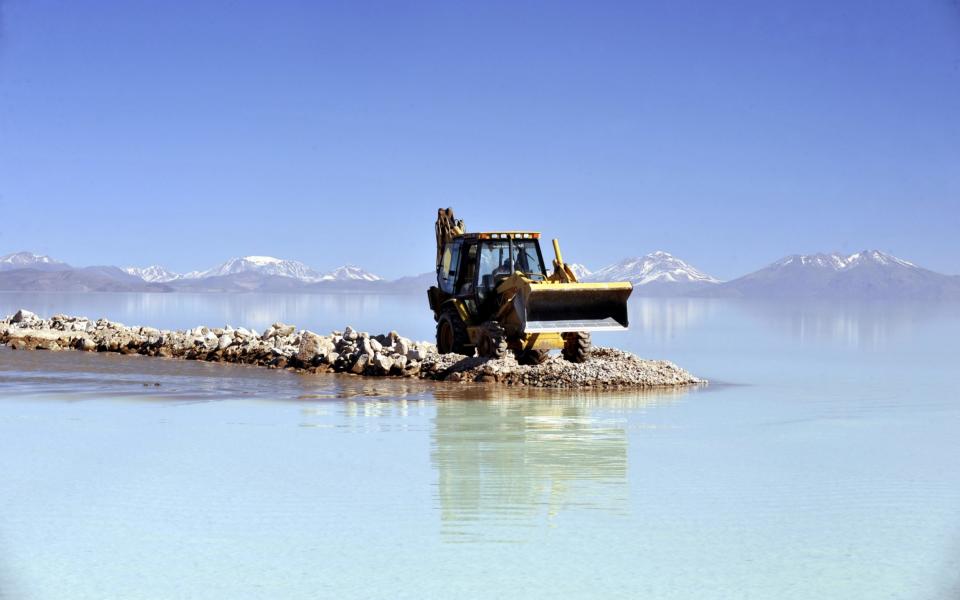Mining for renewable energy industry could threaten biodiversity, scientists warn

Mining for renewable energy materials could threaten biodiversity, researchers have found.
Scientists at the University of Queensland, Brisbane found a high degree of overlap between areas used for mining essential minerals like lithium, which is used for car batteries, and areas with high levels of biodiversity as yet untouched by industry.
Conservationists are "often naive to the threats posed by significant growth in renewable energies", the researchers said in the study published in the journal Nature Communications, pointing out that 14 per cent of protected areas contain metal mines or have them nearby.
Overall, the researchers found that eight per cent of mining areas were within range of areas designated as protected by national governments, and seven per cent were within the same range of key biodiversity areas.
Using this metric, 50 million square kilometres of the earth's land surface are influenced by mining, with 82 per cent of mining areas focused on elements needed for renewable energy production.
Elements including lithium, cobalt and nickel are essential for rechargeable batteries, which are used for power storage in wind and solar projects, as well as in electric cars.
New mines are planned targeting these substances, adding to the global surface area covered by mining activities.
"Increasing the extent and density of mining areas will obviously cause additional threats to biodiversity, and our analysis reveals that a greater proportion of mines targeting materials for renewable energy production may further exacerbate threats to biodiversity in some areas," the scientists wrote.
While a move towards renewable energy will help to mitigate the impact of climate change on the natural world, this positive trend could be offset by the impact on some areas of a growth in mining activity.
"Without strategic planning, these new threats to biodiversity may surpass those averted by climate change mitigation," the paper said.
Many such areas are in countries without "strong resource governance", the paper warned, including Bolivia's Uyuni salt flats, a rich source of lithium as yet untouched by mining.

Commenting on the study, Professor Frances Wall, professor of applied mineralogy at the University of Exeter, said that proper governmental planning would lessen any impact.
"It is also important to highlight the role of investor and customer requirements in encouraging best practice in biodiversity management – and other issues of sustainability. With best practice the economic development that comes with mining helps preserve biodiversity," she added.
Andrew Bloodworth, policy director at the British Geological Survey, said that demand from renewables was minor compared to other areas of industry.
"Whilst mining for renewable energy materials may be associated with some loss of biodiversity, this is considered to be small compared to the impact on biodiversity being caused by the mining of materials to create new high-rise buildings, vehicles and consumer products," he said.

 Yahoo Finance
Yahoo Finance 